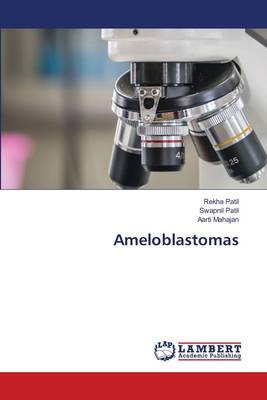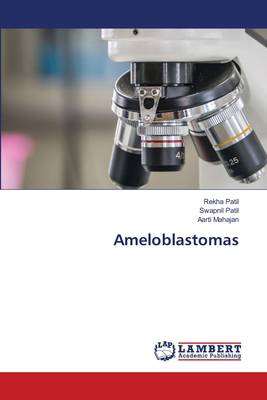
- Afhalen na 1 uur in een winkel met voorraad
- Gratis thuislevering in België vanaf € 30
- Ruim aanbod met 7 miljoen producten
- Afhalen na 1 uur in een winkel met voorraad
- Gratis thuislevering in België vanaf € 30
- Ruim aanbod met 7 miljoen producten
Zoeken
Omschrijving
Ameloblastoma is a tumor that arises from odontogenic epithelium with an estimated incidence in the population of approximately 0.5 per million. The ameloblastoma is the second most common odontogenic tumor. It occurs exclusively in the jaws, with a strong predilection for the posterior region of the mandible. Although benign, the ameloblastoma is a destructive tumor, locally invasive and presents a high rate of recurrence despite adequate surgical removal. It is considered the most clinically significant odontogenic tumor. A number of benign and malignant neoplasms as well as cystic lesions may mimic the histological appearance of ameloblastoma. It is important to establish the precise diagnosis of these lesions since the biological behavior and treatment varies according to the diagnosis. The proper understanding of the pathogenetic mechanism involved in ameloblastoma and its proliferation aids in constituting proper treatment of choice at an early stage thereby preventing morbidity associated with extensive therapy.
Specificaties
Betrokkenen
- Auteur(s):
- Uitgeverij:
Inhoud
- Aantal bladzijden:
- 168
- Taal:
- Engels
Eigenschappen
- Productcode (EAN):
- 9786203197907
- Verschijningsdatum:
- 22/12/2020
- Uitvoering:
- Paperback
- Formaat:
- Trade paperback (VS)
- Afmetingen:
- 152 mm x 229 mm
- Gewicht:
- 254 g

Alleen bij Standaard Boekhandel
+ 178 punten op je klantenkaart van Standaard Boekhandel
Beoordelingen
We publiceren alleen reviews die voldoen aan de voorwaarden voor reviews. Bekijk onze voorwaarden voor reviews.











